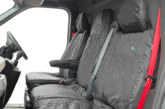Carwood delivers turbo diagnostic masterclass
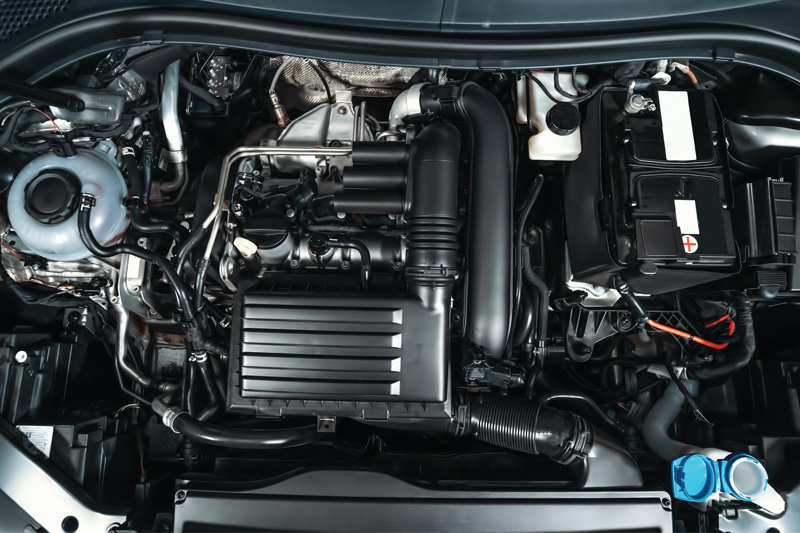
Has your customer diagnosed a turbo related failure and automatically concluded the turbo is at fault? They wouldn’t be alone, according to Carwood.
The remanufacturer claims that many a technician have fallen into this trap. It also believes that as workshops become under increasing pressure to turn ramps quicker and increase vehicle throughput, it’s easy to see why. Here, Carwood’s Will Johnson delivers a technical lesson, with the aim of you being able to deliver an enhanced service but also gain a vital competitive advantage.
Carwood claimed that over 95% of turbo related failures are caused by external issues, such as foreign objects, contaminated oil and even other components, so whilst the turbo may now be damaged, it was not the cause of the problem to start. Something else was. The question is what?
Carwood Turbo Sales Manager, Will Johnson, explained: “Fortunately, a handful of causes account for the majority of failures.
“By taking the time to carefully evaluate the turbo’s key components and other related systems, and knowing what to look out for and why, issues can be correctly pinpointed and remedial action taken, to avoid a repeat failure.
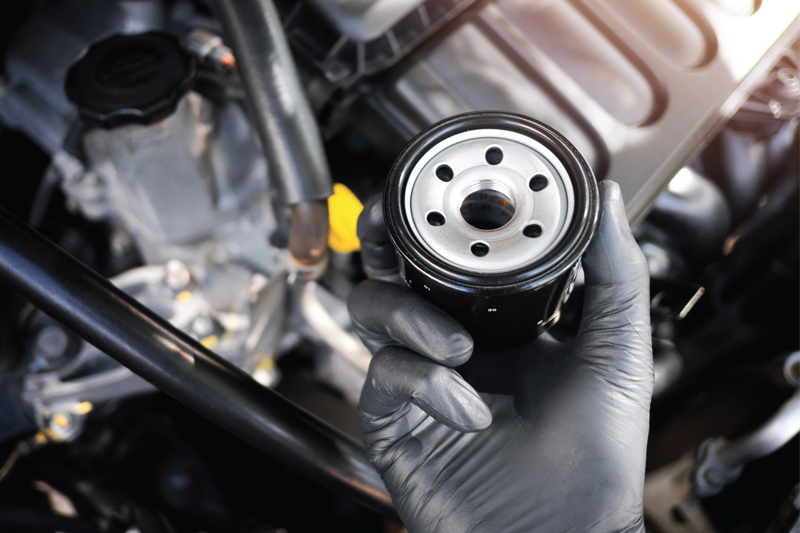
“Failure through foreign object impact, for example, can be caused when dirt, dust, damaged components and debris from a previous failure enter the turbine, compressor or bearing housing. At high speeds, this can result in imbalance and costly impact damage to the compressor and turbine blades. Replacing the air filter at regular intervals and checking the turbo for debris, damaged pipework and restrictions to the air induction system is an easy way to prevent this.
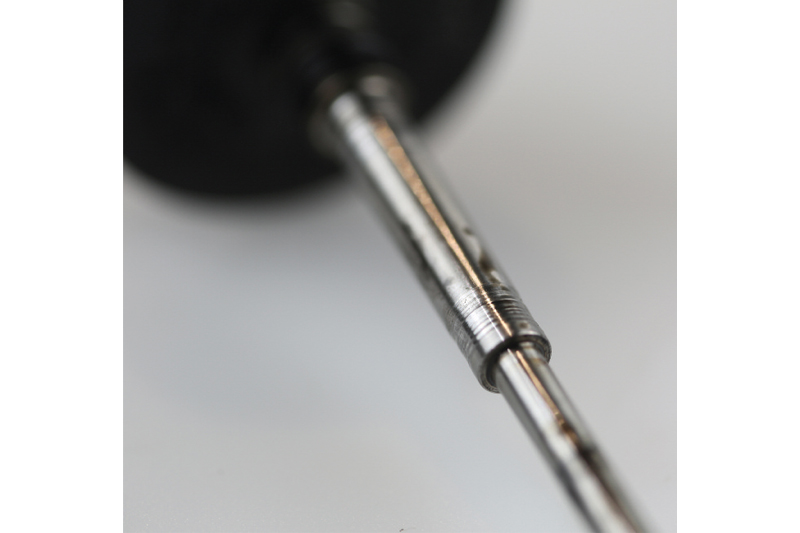
“These same impurities can contaminate the oil (top-right), with even the smallest particles causing rapid wear to key components, and potentially serious damage to the turbocharger, and/or the engine. Grooves or scoring to the journal bearing, journal bearing diameters of shaft, wheel and thrust components are good indicators of oil contamination – an issue that can easily be avoided by following the VM’s recommended service intervals for changing oil, oil filters and both feed and return pipes.

“Likewise, a build-up of carbon deposits in the oil feed, blocked oil filters and the incorrect grade or quantity of oil, can restrict the supply of oil. The tell-tale signs are discolouration of the shaft, excessive wear to the thrust bearing pad, an out of balance shaft and even complete shaft failure, so it’s a good idea to check and clean the entire air and oil supply system, and fit new components where required.”
Accurate diagnosis “not always straightforward”
Will continued: “Some causes and symptoms overlap; take a poorly routed or blocked oil return pipe, which can restrict the flow of oil out of the turbo, causing a build-up of oil pressure in the bearing housing and, in turn, oil leaks at both ends. The same can cause damage to the turbine side, through overheating. Consideration should be given to all possible causes.
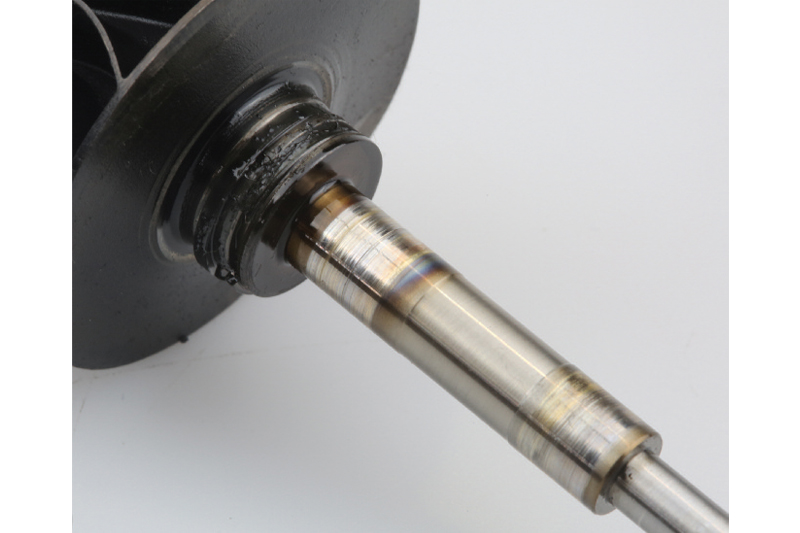
“Similarly, whilst discolouration of parts is more typical of oil starvation (below), it’s important to look for other clues, like the pattern; for example, staining that starts at the turbine wheel and continues through the shaft to the compressor side is a signal of excessive heat caused by increased back pressure from a DPF related issue – and not a lack of lubrication.
“Oil leaks on the compressor side are often incorrectly diagnosed as a worn or failed shaft seal. But again, the high back pressure from a blocked DPF may to be blame. Other signs that it’s the DPF include a build-up of carbon in and around the wastegate flap and its control mechanisms, which if bad, can cause the door to stick in the open or closed position. Carbonised oil within the CHRA, a build-up of carbon in the turbine side piston ring(s), piston ring grooves and oil flinger groove, preventing effective oil control or failure of the turbine shaft and wheel from high cycle fatigue.
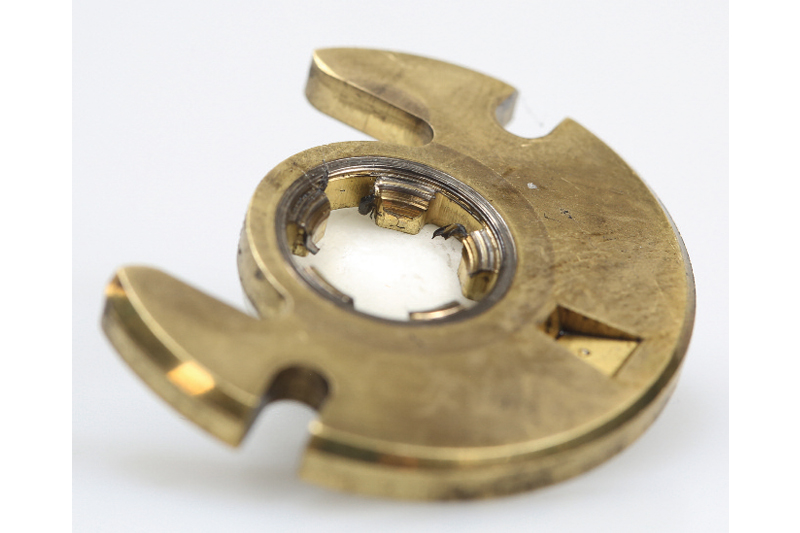
“Although less common, an unbalanced turbo shaft can result in wheel to housing contact, and potentially the locknut to work loose. As the compressor wheel continues to spin, still at speeds of over 50,000rpm, the nut will bounce around in the turbulent air causing chipping or pitting to the wheel’s leading edge, fractured compressor blades or even a completely burst compressor wheel: symptoms more usually associated with other foreign objects.”
In conclusion…
Will ended: “The key, therefore, is being able to identify what these issues are – and fixing them – before replacing or refitting the turbo. Otherwise, the newly installed turbo will fail too – and you can help them do this! With the above advice, your staff can help to inspire confidence, deliver an enhanced service and, ultimately, gain a vital competitive advantage.”




